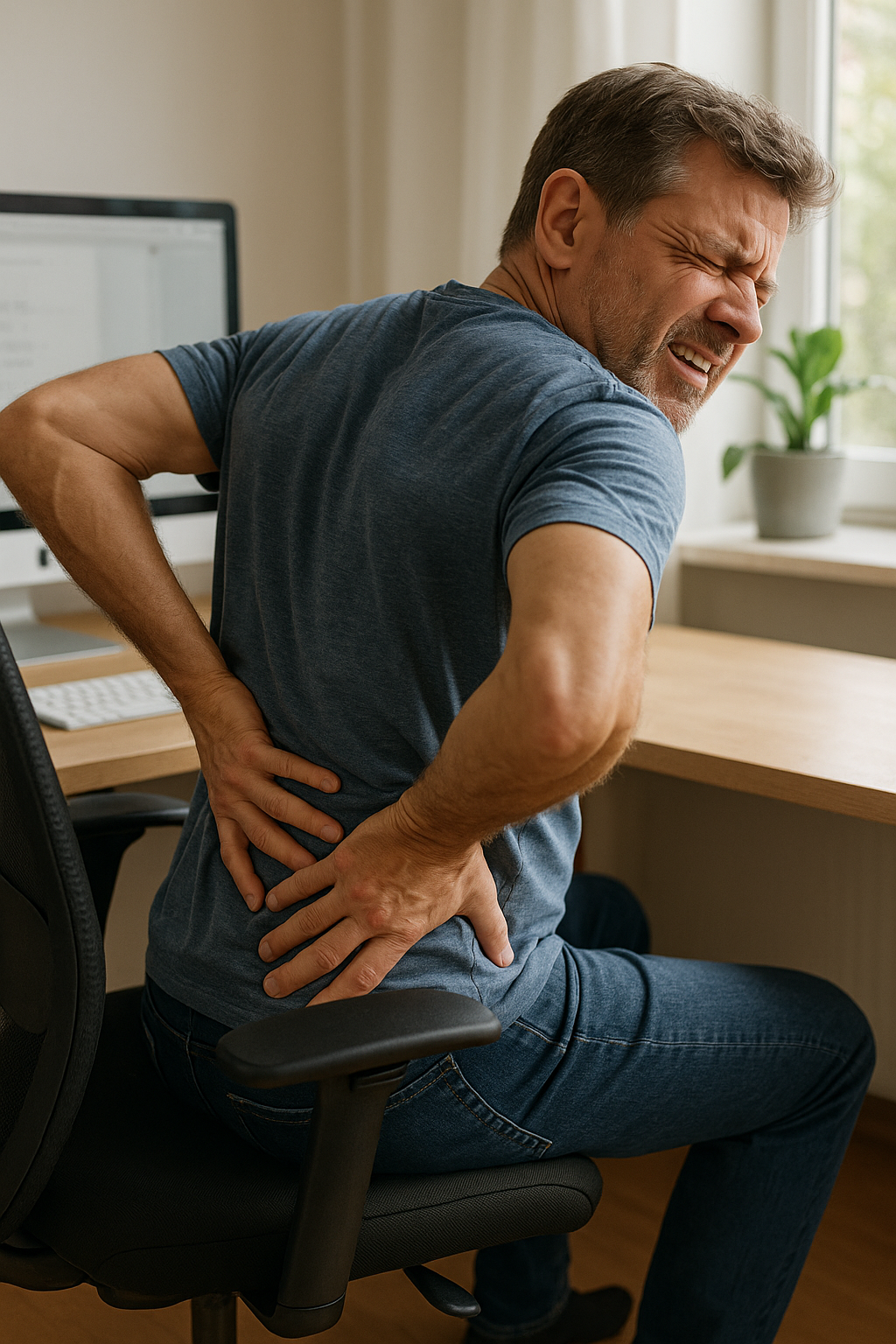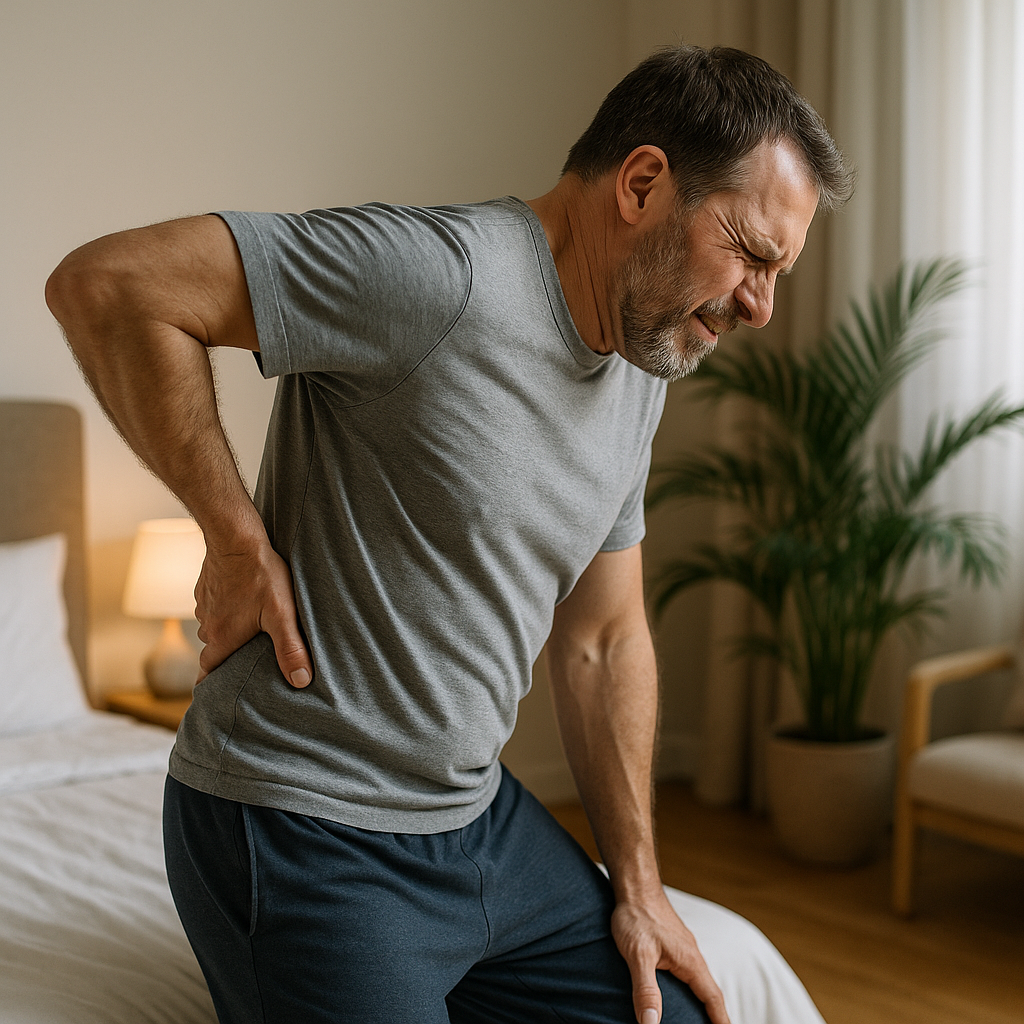The spinal column stands as the central pillar of human anatomy, a marvel of engineering that supports our bodies and protects one of our most vital systems—the spinal cord. This intricate structure is essential not only for movement but also for safeguarding the delicate nerve pathways that control every function of our body. Understanding the spinal column is crucial for anyone seeking a pain-free life, as its health directly impacts our overall well-being and daily comfort.
understanding the spinal column
The spinal column, also known as the vertebral column or spine, forms the core of the axial skeleton. This remarkable structure is composed of 33 vertebrae, which are intricately stacked to create a flexible yet sturdy framework. These vertebrae are divided into five distinct regions, each with its unique function and characteristics. Starting from the top, the cervical region consists of seven vertebrae in the neck, followed by the thoracic region with twelve vertebrae anchoring the rib cage. The lumbar region includes five vertebrae in the lower back, which bear the body's weight and provide flexibility. Below these are the sacral vertebrae, five bones fused together to connect the spine to the pelvis, and the coccygeal region, typically comprising four fused vertebrae forming the tailbone.
purpose of exploring the spinal column
This blog post aims to provide a comprehensive understanding of the spinal column, highlighting its functions and significance in maintaining overall health. By delving into the anatomy and physiology of the spine, we can better appreciate its role in our daily lives. The spinal column not only provides structural support and facilitates movement but also acts as a protective shield for the spinal cord, a critical component of the nervous system. Recognizing the importance of the spinal column in ergonomics and health can empower individuals to make informed choices about posture, physical activity, and lifestyle to prevent pain and injury.
As we embark on this journey to explore the secrets of the spinal column, it is essential to acknowledge its complexity and significance. By understanding its structure and function, we can take proactive steps to maintain spinal health and enhance our quality of life. Stay tuned as we delve deeper into the anatomy, functionality, and common issues associated with the spinal column in the subsequent parts of this series.
anatomy and structure of the spinal column
The spinal column's architecture is a testament to nature's ingenuity, organized into five distinct regions that each play a critical role in supporting and facilitating movement. Starting from the top, the cervical region comprises seven vertebrae (C1-C7). These are the smallest and most mobile vertebrae, tasked with supporting the skull and enabling a wide range of head movements. The first two cervical vertebrae, known as the atlas (C1) and axis (C2), are uniquely structured to allow for the nodding and rotation of the head.
Beneath the cervical region lies the thoracic region, consisting of twelve vertebrae (T1-T12). This section is sturdier, serving as an anchor for the rib cage, which protects vital organs like the heart and lungs. The thoracic vertebrae are less mobile than their cervical counterparts, providing stability to the torso.
The lumbar region, with its five vertebrae (L1-L5), is the powerhouse of the spine. These vertebrae are larger and bear the most weight, offering both strength and flexibility to the lower back. This region is crucial for activities such as lifting, twisting, and bending.

Lumbar support belt
Stærk, justerbar støtte til lænden – ideel ved smerter, diskusprolaps og spændinger.
Below the lumbar spine, the sacral region consists of five fused vertebrae (S1-S5) that connect the spine to the pelvis, forming a solid base that supports the upper body. Finally, the coccygeal region or tailbone, made up of typically four fused vertebrae, provides attachment for ligaments and muscles of the pelvic floor.
functionality and physiology of the spinal column
The spinal column is not only a structural marvel but also a functional powerhouse. Its primary role is to support the body's weight, allowing us to stand upright, walk, and perform various movements with ease. The spine's unique "S"-shaped curvature is essential for shock absorption, distributing mechanical stress during movement and maintaining balance.
Furthermore, the spinal column serves as a protective conduit for the spinal cord, a vital component of the central nervous system. Encased within the vertebral canal, the spinal cord transmits nerve signals between the brain and the rest of the body, controlling sensation and movement. The intervertebral discs, positioned between each vertebra, act as cushions, preventing vertebrae from grinding against each other while allowing flexibility and motion.
joint and muscular attachment
The spine's intricate design includes facet joints, which connect the vertebrae and guide the spine's range of motion, allowing for bending and twisting while maintaining stability. These joints, along with the vertebral processes, provide attachment points for muscles, ligaments, and tendons. This network of soft tissues supports the spine, facilitates movement, and maintains posture.
Muscles such as the erector spinae, multifidus, and abdominal muscles work in harmony to stabilize the spine and control movements. Ligaments like the anterior and posterior longitudinal ligaments run along the length of the spine, reinforcing its structure and preventing excessive movement that could lead to injury.
Understanding the anatomy and physiology of the spinal column is pivotal for recognizing its role in everyday function and the potential impact of spinal health on overall well-being. As we continue our exploration, we will delve into the unique adaptations and common conditions affecting the spine, providing insights into maintaining a healthy, pain-free life.
vertebral segments and their specialization
The spinal column's complexity is further highlighted by the distinct specialization of its vertebral segments. The atlas (C1) and axis (C2) vertebrae in the cervical region are uniquely adapted to support the skull and allow for a wide range of head movements. These two vertebrae enable the head to nod and rotate, providing flexibility and mobility crucial for daily activities.
The lumbar vertebrae are the largest and most robust in the spinal column, designed to bear the body's weight and facilitate movement. Their size and strength are essential for supporting the upper body's mass and enabling motions such as bending and lifting.
clinical and pathological considerations
Understanding the spinal column's anatomy is vital in recognizing and addressing common disorders. Conditions such as herniated discs, scoliosis, and spinal stenosis can significantly impact spinal health and overall well-being. A herniated disc occurs when the soft inner gel of a disc protrudes through its outer layer, often causing pain and nerve irritation. Scoliosis involves an abnormal lateral curvature of the spine, while spinal stenosis refers to the narrowing of the spinal canal, which can compress nerves and lead to discomfort.

Men's Posture Shirt™ - Black
Stimulerer musklerne og kan reducere smerter og spændinger med dokumenteret effekt.
These conditions underscore the importance of maintaining spinal health through proper posture, regular exercise, and ergonomic practices to prevent injury and manage symptoms effectively.
variation and development
Variations in the spinal column's structure, particularly in the coccygeal bones, can occur between individuals. While typically consisting of four fused vertebrae, the number and shape may vary, reflecting evolutionary and developmental differences. During development, the spinal column grows faster than the spinal cord, leading to the formation of the cauda equina, a bundle of nerve roots that extends beyond the spinal cord in adults.
These variations highlight the spinal column's adaptability and its evolutionary significance in supporting human posture and movement.
conclusion
Understanding the spinal column's anatomy and functionality is crucial for maintaining spinal health and preventing pain. By appreciating its complex structure and role in our daily lives, individuals can make informed choices about posture, physical activity, and lifestyle to support a healthy spine. Recognizing the connection between spinal health and ergonomic practices empowers individuals to take proactive steps toward a pain-free life.
frequently asked questions
What is the primary function of the spinal column?
The spinal column provides structural support, protects the spinal cord, and facilitates movement.
How does the spinal column protect the spinal cord?
The spinal column encases the spinal cord within the spinal canal, shielding it from injury.
What are common conditions affecting the spinal column?
Common conditions include herniated discs, scoliosis, spinal stenosis, and degenerative diseases.
How can ergonomics help in maintaining spinal health?
Ergonomics can reduce strain on the spine by promoting proper posture and alignment, preventing injury and pain.
Why is the lumbar region particularly important?
The lumbar region bears the most weight and provides flexibility, making it crucial for movement and stability.
Källor
- Wikipedia Contributors. (n.d.). "Spinal column." Wikipedia, The Free Encyclopedia.
- National Cancer Institute. (n.d.). "Spinal Column." NCI Dictionary of Cancer Terms.
- American Association of Neurological Surgeons. (n.d.). "Anatomy of the Spine and Peripheral Nervous System."
- Mayfield Clinic. (n.d.). "Anatomy of the Spine."
- University of Maryland Medical Center. (n.d.). "Spine Anatomy and Function."
- Mayo Clinic. (n.d.). "Spinal Anatomy."
- University of Rochester Medical Center. (n.d.). "Spinal Column Anatomy."
- Cleveland Clinic. (n.d.). "Spine Structure and Function."
- TeachMeAnatomy. (n.d.). "Vertebral Column."
- Stanford Children's Health. (n.d.). "Facts About the Spine, Shoulder, and Pelvis."
- Nebraska Spine Hospital. (n.d.). "Fascinating Facts About the Spine."


















